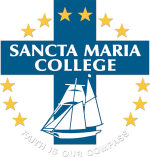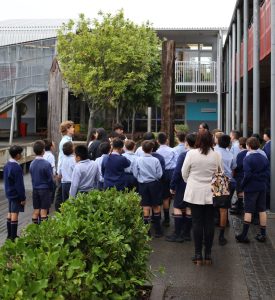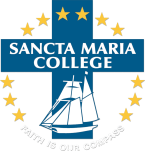During the Spanish period, Western European ways of life spread throughout the Islands. Along with them came European dances such as the waltz, fandango, mazurka, polka, and the jota. The Filipinos welcomed these dances and, by adding native flare and style, made them their own. Named in the honor of the heroine in Dr. Jose Rizal’s novel, Noli me Tangere, the Maria Clara Suite captures the elegance and charm of the mestiza Filipina as well as the gallantry and boldness of the mestizo Filipino. Courtship, love, and flirtation are all evident in this suite of romantic dances.
According to historical accounts, the Tinikling dance originated during the Spanish occupation in the Philippines—particularly on the island of Leyte. Rice farmers on the Visayan Islands usually set up bamboo traps to protect their fields, yet tikling birds dodged their traps. Locals imitated the birds’ movement, and supposedly, that’s how this dramatic traditional folk dance was born.
The Tinikling is considered a national dance in the Philippines and almost every Filipino knows how to do it. Since it’s a dramatic dance, it’s usually performed on special occasions like traditional Filipino festivals or at school and theatre performances. Some say that this dance represents most Filipinos’ two main character traits: They’re resilient and fun-loving.
Sancta Maria Cultural Festival, Friday October 19, 12.25-3pm.







